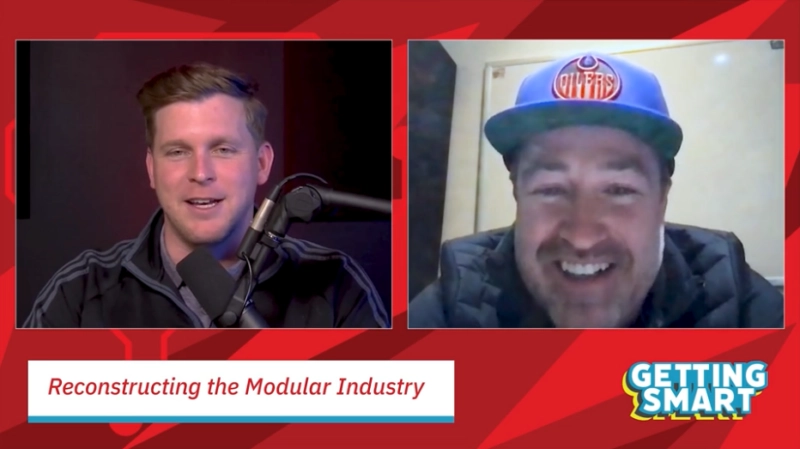Early Detection of Damage to Composite Materials
Today’s architects, engineers, and building professionals are looking beyond traditional construction materials, and increasingly turning to composites to create modern structures and component parts. High-performance composites are hybrid materials comprised of a reinforcement fiber and a polymer binder or matrix. A common drawback seen in polymers is a susceptibility to damage in the form of small, often difficult to detect cracks. These tiny imperfections, even at small scales, can compromise the integrity and functionality of polymer materials. Usually, the damage isn’t discovered until there’s a break or failure, meaning it’s too late. However, a new polymer damage indication system now has the ability to highlight places in a structure that are cracked, fractured, scratched or stressed so that they can be addressed before they prove to be a problem.
Developed at the University of Illinois, the new early damage detection system uses tiny, embedded microcapsules containing a pH-sensitive dye in an epoxy resin to automatically highlight areas containing imperfections, enabling engineers to visually see potential problems. If the polymer features damage, the microcapsules will break and release a dye that changes from yellow to red. The greater the severity of imperfection, the more microcapsules are broken, generating a more intense red hue and allowing engineers to better evaluate the damage. Cracks at even the micrometer-scale can cause a color change so that compromises to structural integrity at any size can be properly assessed. The indication system shows long-term stability with no false positives, for reliable results.[1]
Nancy Sottos (Professor of Materials Science and Engineering) and Scott White (Professor of Aerospace Engineering) published their latest research in the journal Advanced Materials. The newly developed warning system has a variety of possible uses, particularly in applications where component or structural failure would prove costly. In addition to the construction industry, the petroleum, air and space transport, and automotive industries are seen as perfect opportunities to leverage the innovative yet simple system.[2] Early detection of damage before a problem arises increases safety, reliability, performance, and cost-savings.
[1] https://news.illinois.edu/view/6367/310128
[2] https://news.illinois.edu/view/6367/310128









